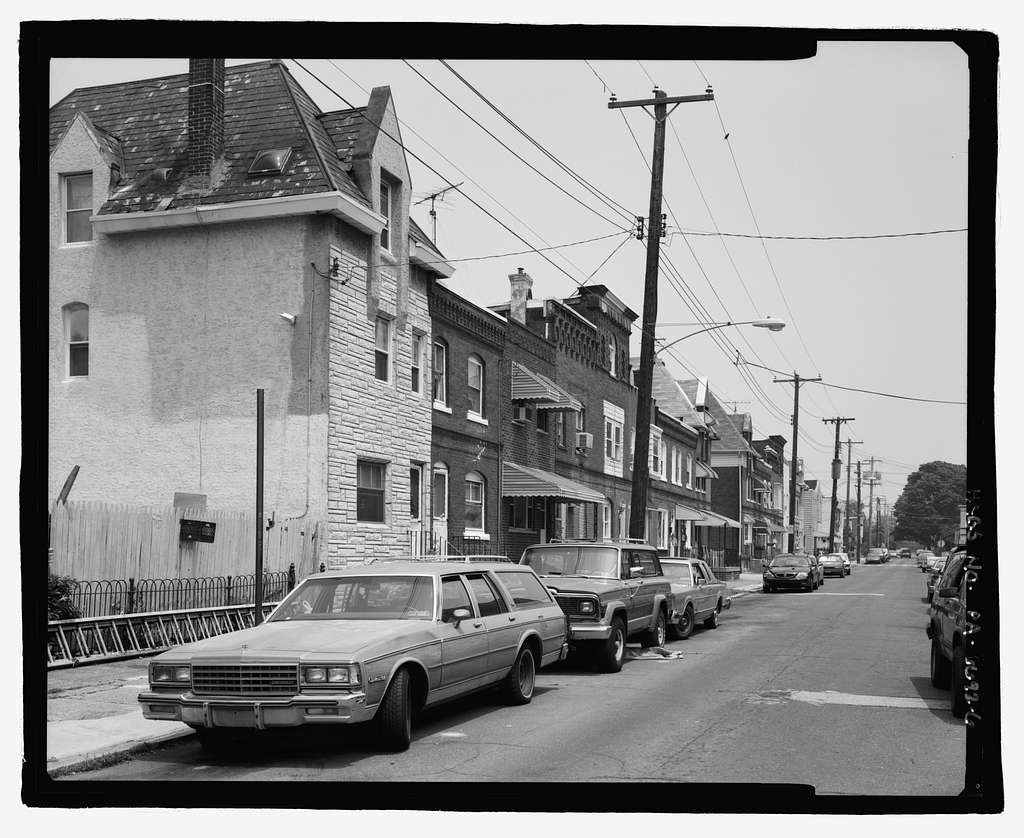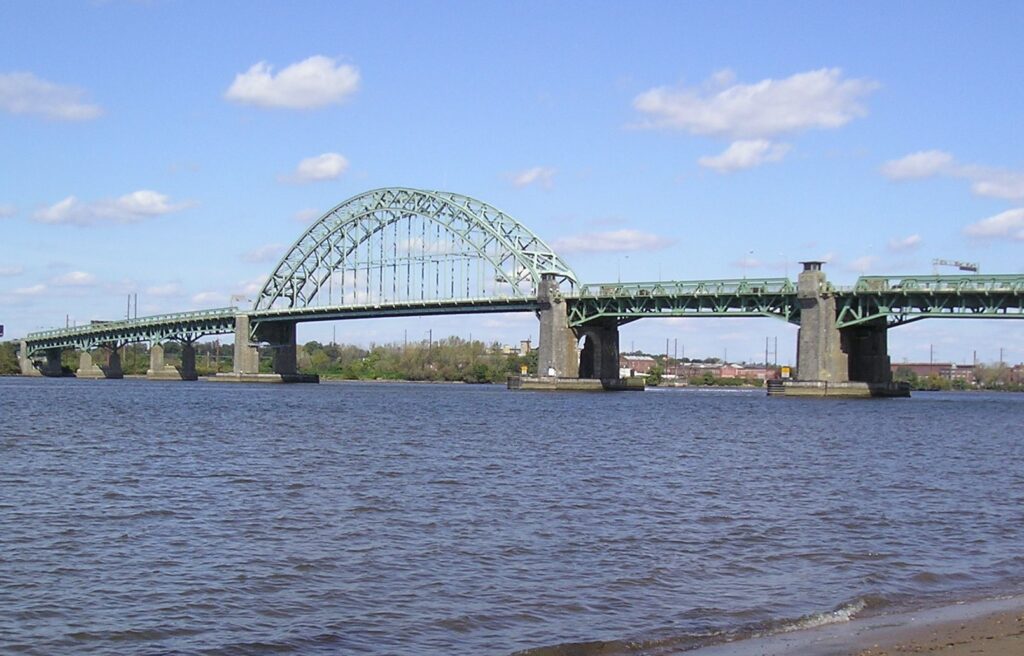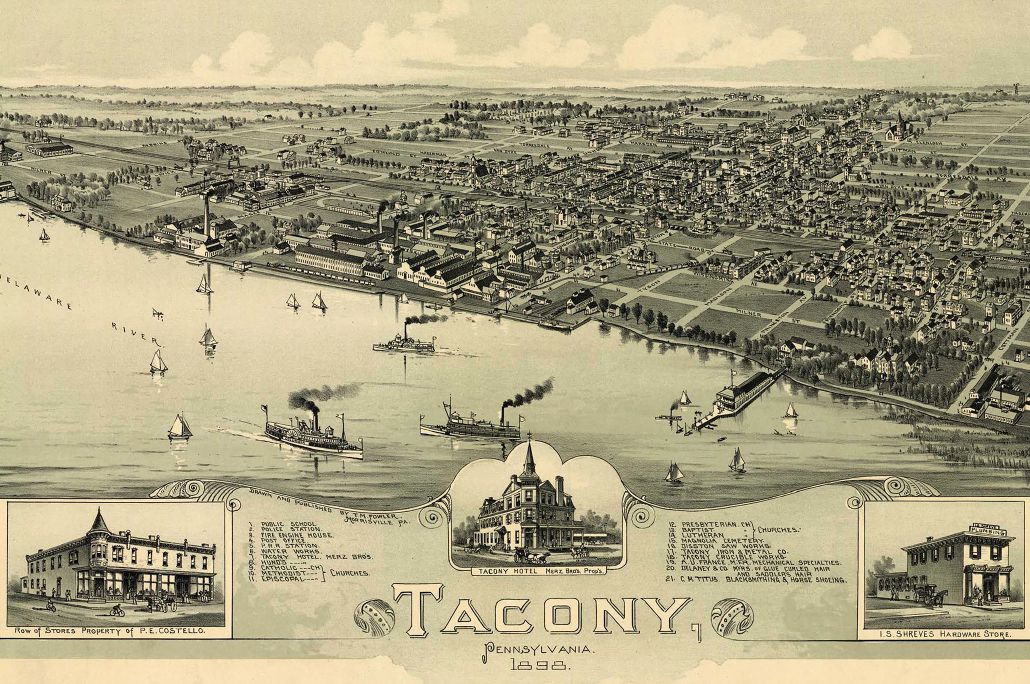The Historic Neighborhood of Tacony
Tacony, a historic neighborhood located in Northeast Philadelphia, is a vibrant community with a rich history and a strong sense of civic pride. Situated approximately 8 miles from downtown Philadelphia, Tacony is known for its close-knit community, diverse population, and significant industrial heritage. In this article, we will delve into the early settlement and development of Tacony, the arrival of industrialist Henry Disston, the neighborhood’s industrial growth, notable buildings and landmarks, civic engagement, and the efforts to protect its historic district.
Early Settlement and Development
Tacony’s history dates back to the early days of European settlement in the region. The name “Tacony” is derived from a Lenape word meaning “wilderness” or “forest.” The area was initially settled by Swedish immigrants, and the land was acquired by Hans Kyn, later known as Hans Keene, in 1679. Tacony was one of the earliest villages along the Delaware River and eventually became part of Philadelphia.
In the 18th and 19th centuries, Tacony saw the establishment of wealthy and influential families who built country seats along the river. The British Army raided several farms and estates in the area for supplies during its Revolutionary War occupation of Philadelphia. As a village in Oxford Township, Tacony experienced gradual growth and development.
Arrival of Henry Disston
The most significant development in Tacony’s history occurred in 1871 with the arrival of industrialist Henry Disston. Disston, the founder of Keystone Saw Works, relocated his saw and file manufactory to Tacony from Kensington. Initially purchasing a six-acre sawmill and lumberyard, Disston expanded his holdings to 390 acres, transforming the area into a thriving industrial village.
Henry Disston and his wife, Mary, not only focused on industrial growth but also on creating a high quality of life for their workers. They developed rowhouses, assisted workers in purchasing homes, established a school, a library, a bank, a park, and the original commercial corridor along Longshore Avenue. The Disstons embodied Victorian paternalism, ensuring the well-being of their employees while maintaining control over their activities and access to leisure activities.

Industrial Growth and Paternalism
Following the establishment of Disston Saw Works, Tacony experienced an explosion of industrial growth. Other companies, including Tacony Iron and Metal Works, contributed to the neighborhood’s identity as the “Workshop of the World.” Notable projects undertaken by Tacony Iron and Metal Works include the casting of the dome of Philadelphia City Hall and the massive William Penn statue that adorns it.
In addition to industrial growth, Tacony also became a hub of innovation. Frank Shuman, an inventor and engineer, conducted experiments on solar power in Tacony at the end of the 19th century. He developed the first reliable uses of solar power and later pioneered solar-powered steam turbines for land irrigation in Egypt.
Notable Buildings and Landmarks

The area boasts several notable buildings and landmarks that reflect its rich history. The Tacony Music Hall, built in 1885, stands as a testament to the neighborhood’s cultural heritage. The Tacony Savings Fund, established in 1893, played a crucial role in supporting the community’s financial needs. Another iconic structure is the Carnegie Library, constructed in 1905 and serving as a vital resource for knowledge and education.
Civic Pride and Engagement
This neighborhood has a long history of civic pride and engagement. In 1982, residents established the Tacony Civic Association to serve as a liaison between the city and neighborhood residents. The association organizes local events, provides neighborhood services, and fosters a sense of community among Tacony’s residents.
In 1990, Lou Iatorola founded the Tacony Historical Society, recognizing the strength of the neighborhood’s history. The society showcases Tacony’s heritage and preserves its historical significance through exhibitions and educational programs.
The Tacony Community Development Corporation
The Tacony Community Development Corporation (CDC) was founded by a group of residents in the early 2000s. Initially focusing on the preservation and improvement of housing stock, the CDC shifted its focus in 2011 to develop the commercial corridor. It has been instrumental in revitalizing the local economy, attracting businesses, and enhancing the overall appearance of the area.
Recognition and Protection of Historic District
In Summer 2016, the Pennsylvania Historical and Museum Commission approved the National Register Historic District nomination for the Tacony-Disston Community Development district. This nomination awaits final approval by the National Park Service. This recognition will not only honor Tacony’s great history but also protect its buildings from potentially harmful actions and make commercial buildings eligible for historic preservation tax credits.
Tacony, a historic neighborhood in Philadelphia, has a captivating history that reflects its industrial past and strong community spirit. From its early settlement to the arrival of Henry Disston and the subsequent industrial growth, Tacony has played a significant role in Philadelphia’s industrial heritage. The neighborhood’s notable buildings, civic engagement, and efforts to protect its historic district are testaments to the neighborhood’s enduring legacy. As Tacony looks towards the future, its rich history will continue to shape its identity and inspire its residents.
